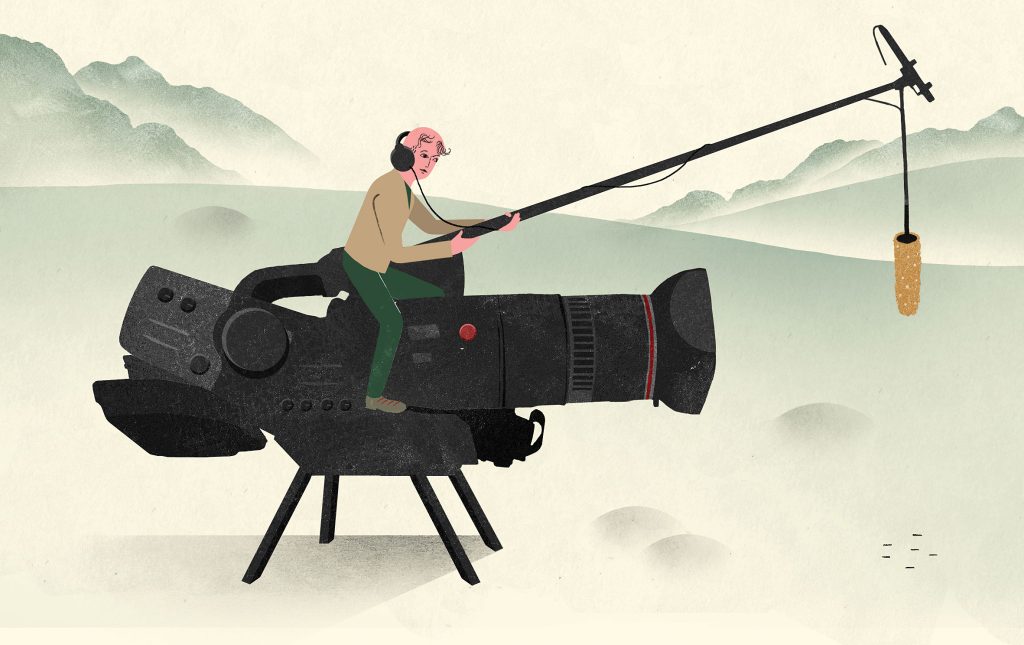Roberto Arnau Roselló (2020)
Quarterly Review of Film and Video

Referencia completa:
Arnau Roselló, Roberto (2020). Images for the Interpretation of the Past: Uses and Abuses of Memory in Documentary Film. Quarterly Review of Film and Video, núm. 2, Vol. 39, pp. 464-478. Internacional. https://doi.org/10.1080/10509208.2020.1850165
In recent years, there has been a marked increase in the number of theoretical studies exploring social, collective, historical, and media memory from a wide range of perspectives, including sociological, historiographic, cultural, and semiotic. The question of memory has also been the subject of debates between various social actors, finding a place at the very center of cultural and political dialectics.
In light of the huge number of representations of memory in various types of documentary films, and of the con‐ solidation of memory studies in the field of historiography, there is clearly a need for analysis of a context so saturated with visual representations of history. It is a context that has resulted in the gradual appearance of a “culture of memory”, which, paradoxically, seems little more than a symptom of contemporary social amnesia, of a rootless society that projects its anxiety over its lack of points of reference onto a heightened concern with history. This can be easily confirmed by the current frenzy of activities involving the recovery and documentation of the past in a wide
variety of media, in what could be described as a 2.0 update of Derrida’s famous “archive fever”